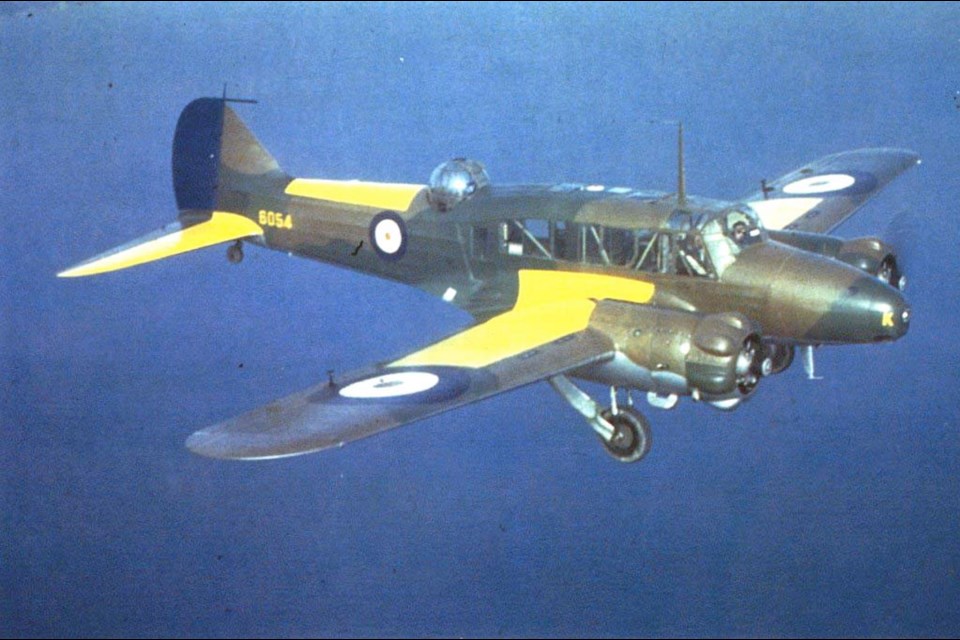The wreckage of a military plane that disappeared after taking off from an air force base near Victoria in 1942 has been discovered near Lake Cowichan.
“It’s still early in the investigation but we have identified the plane,” said Laurel Clegg, a forensic anthropologist with the Department of National Defence. She and her team are working to piece together what happened to the plane and the four young men aboard.
The plane wreckage was found by Teal-Jones loggers working in the remote woods southwest of Mesachie Lake and north of Port Renfrew on Oct. 25. They secured the site and called local RCMP, who contacted the armed forces.
“Our ultimate goal is to bring the families peace,” Clegg said.
On the morning of Oct. 30, 1942, several planes took off from Royal Canadian Air Force station Patricia Bay on a routine training exercise. Among them was an Avro Anson Mk. I plane, known as the “faithful Annie” and workhorse of military training aircraft. The crew included Canadian wireless operator Sgt. William Baird from Brooks, Alta., and three Brits, pilot officers Charlie George Fox and Anthony William Lawrence, and pilot Sgt. Robert Ernest Luckock. The men were in their 20s and 30s.
“We know that heavy fog rolled in quickly and the planes were called back,” said Clegg, who visited the crash site in December and plans to go back when the wet weather clears.
Clegg said the radio on the Avro was not working. The pilot likely didn’t get the Morse code message to come back to safety. Whether the crew knew the radio was working before they took off is a mystery.
“My guess is they discovered it in flight,” said Chris Charland, an associate RCAF historian. “It was such a heavy air traffic corridor between B.C. and Alaska at that time, they wouldn’t have taken off without a radio.”
The west coast of Vancouver Island was buzzing with aircraft in training and ready to defend the Pacific, as well as cargo planes. Thousands of small planes crashed in Canada during this time. The area was immersed in news of the Second World War.
“Finding this aircraft solves just one of many long-standing mysteries involving missing RCAF aircraft from the Second World War in Canada,” Charland said.
There are still about 800 missing persons from the military training program, which ran between 1939 and 1945, and another 28,000 missing Canadian service personnel abroad.
A memorial monument in Ottawa lists the names of 794 men and women of the Air Forces of the Commonwealth who went missing in Canadian planes, and have no known graves, including the four men on the bomber.
A search party went out at the time to look for the missing plane, but gave up after a few days. A front page story in the Victoria Daily Times on Nov. 9, 1942, said the missing men were presumed dead, their next of kin already notified.
“For most of us, 71 years is a long time. But for family, any news of a loved one is still very fresh,” said Clegg, who has spoken to William Baird’s family in Alberta.
In the wreckage, Clegg was able to identify the plane and found a few bits of leather clothing, but she has not yet identified any of remains of the passengers who might have died in the crash.
“That will be our priority,” she said.
The remnants are on steep, rough terrain that the logging company has agreed to keep secure until Clegg and other researchers can return.
If they recover the soldier’s remains, it will be up to family to decide if they would like a full military burial service. The men would all be interred in a Commonwealth war grave in Canada.



